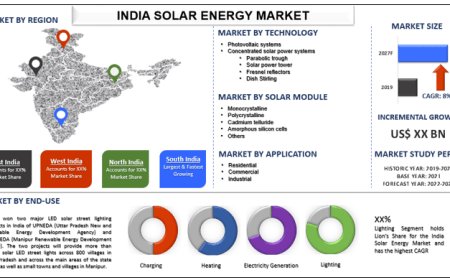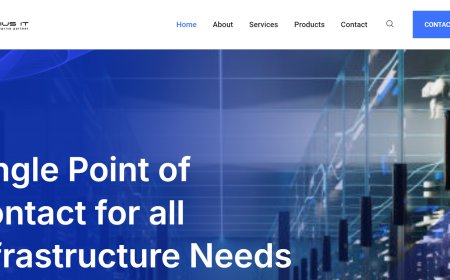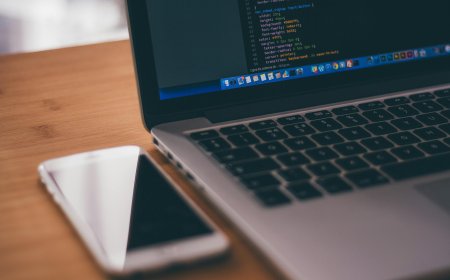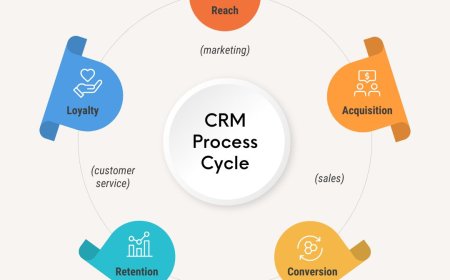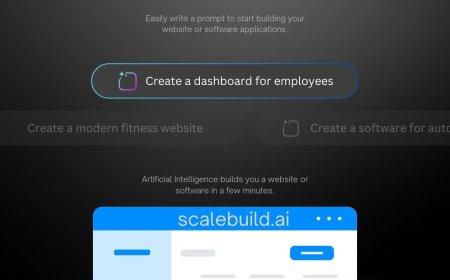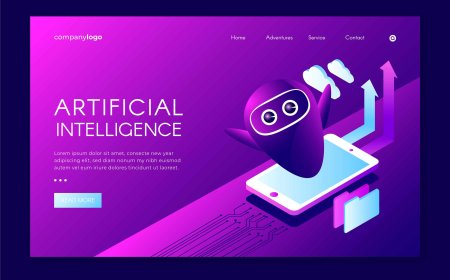: Why Employee Monitoring Is Essential for Remote Team Management
With remote work being the new norm, the issue that businesses are forced to grapple with is the difficulty in handling teams that are distributed in various locations and time zones and environments. Although the move has introduced flexibility and cost-saving benefits, it has rendered the conventional methods of supervision and performance evaluation ineffective. That is why monitoring employees is a crucial component of remote teams management.

There is a thin line between supervision and trust to maintain the remote teams. Organizations need to make sure that workers remain productive and in line with the business objectives even whilst they are at home or in transit. Monitoring of employees gives the transparency necessary to accomplish this without intrusion. It assists in monitoring performance, the distribution of workloads and involvement in real-time.
Employee monitoring software is the key that makes such visibility possible. Employers can also obtain information about the working habits, hours dedicated to a particular task, and the usage of work-related applications with the help of appropriate tools. The information helps managers identify inefficiencies, distribute resources in the best possible ways, and make sure every team member is contributing equally.
In distant systems, communication problems and time management are easily created. Employee monitoring software can assist in locating these issues because it provides a clear picture of how and where the time is being used. When some tasks are taking too much time or communication between departments is slow, it is simpler to step in and make a positive change in working processes.
The other important advantage is accountability. With physical offices, a manager has an opportunity to check up on employees at any time of the day. On the contrary, remote work is very self-regulating. The fact that their working activity is controlled fairly and consistently makes employees stay focused and spend their time wisely. This is not a call to surveillance it is a call to structure a system that will facilitate transparency and responsibility.
The monitoring of employees also helps in mental health and work-life balance in remote environments. HR teams can detect burnout or overworking by examining information regarding working hours and break patterns. Informed of this, they will be able to take action and promote healthier working behaviors and safeguard the welfare of the workforce.
Naturally, the key issue is to introduce monitoring in a manner that encourages trust. Employers are supposed to be open on the kind of data they are collecting and how they are going to use them. The remote employees should get the feeling that there is monitoring to help them and not to spy on them. The success of remote monitoring is based on open communication, transparent policies, and respect to each other.
Another important factor is security. Working remotely exposes one to cybersecurity threats because of the diverse devices and internet connections. The monitoring programs used by employees could facilitate keeping an eye on the file access and activities, warn of suspicious suspects, and make sure that sensitive information is managed properly. This creates an all-important layer of security in the distributed workspaces.
In addition, it can be used in giving good performance reviews. Employees who are distant workers may at times feel neglected, particularly in cases where their efforts are not evident on every single day. Data-driven records will enable managers to provide more objective feedback and make sure that the achievements are rewarded and recognized in an objective way.
To conclude, remote team management requires employee monitoring, which is an essential tool. It improves productivity, accountability and security as well as the well being of employees. Businesses can ensure they have an efficient, healthy, and interconnected workforce through remote working with the help of up-to-date employee monitoring software.















